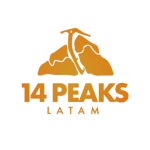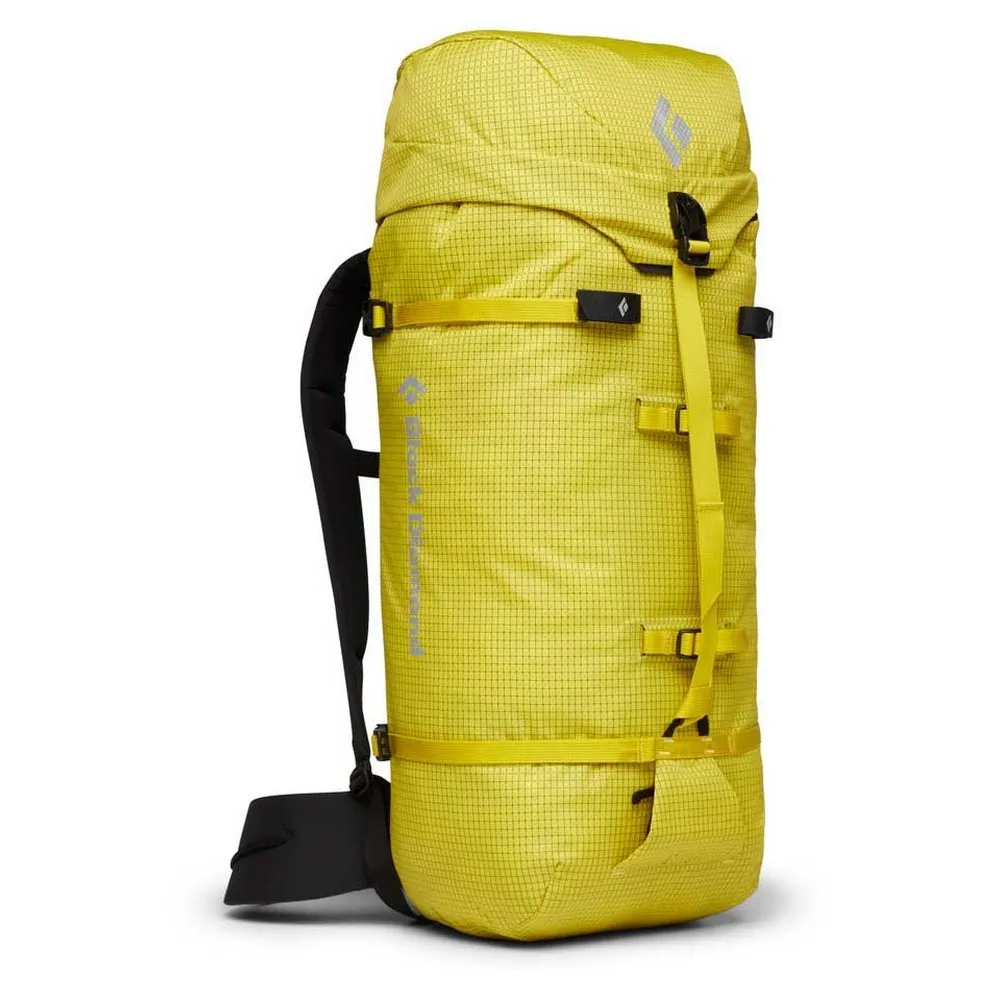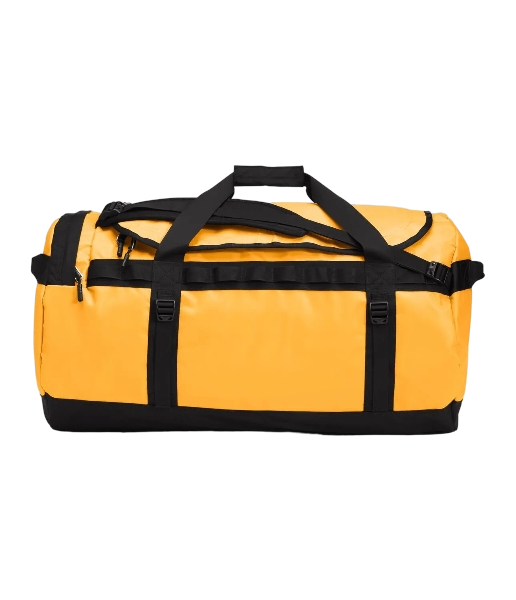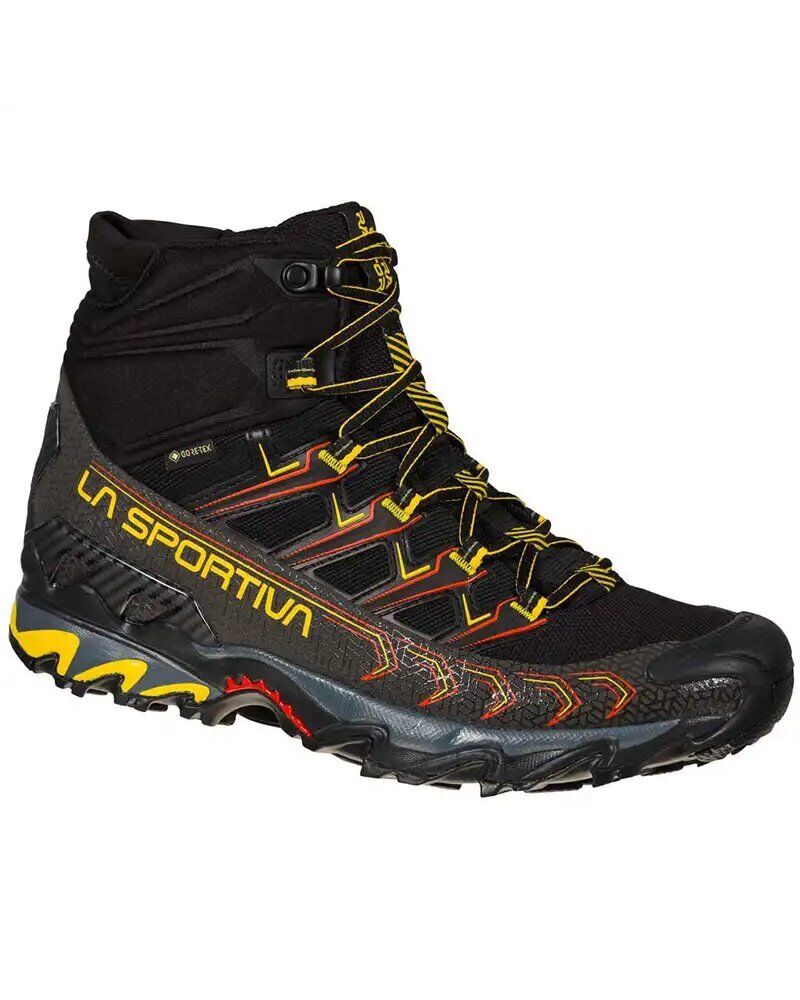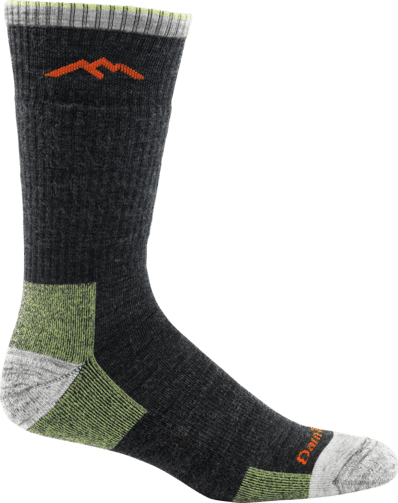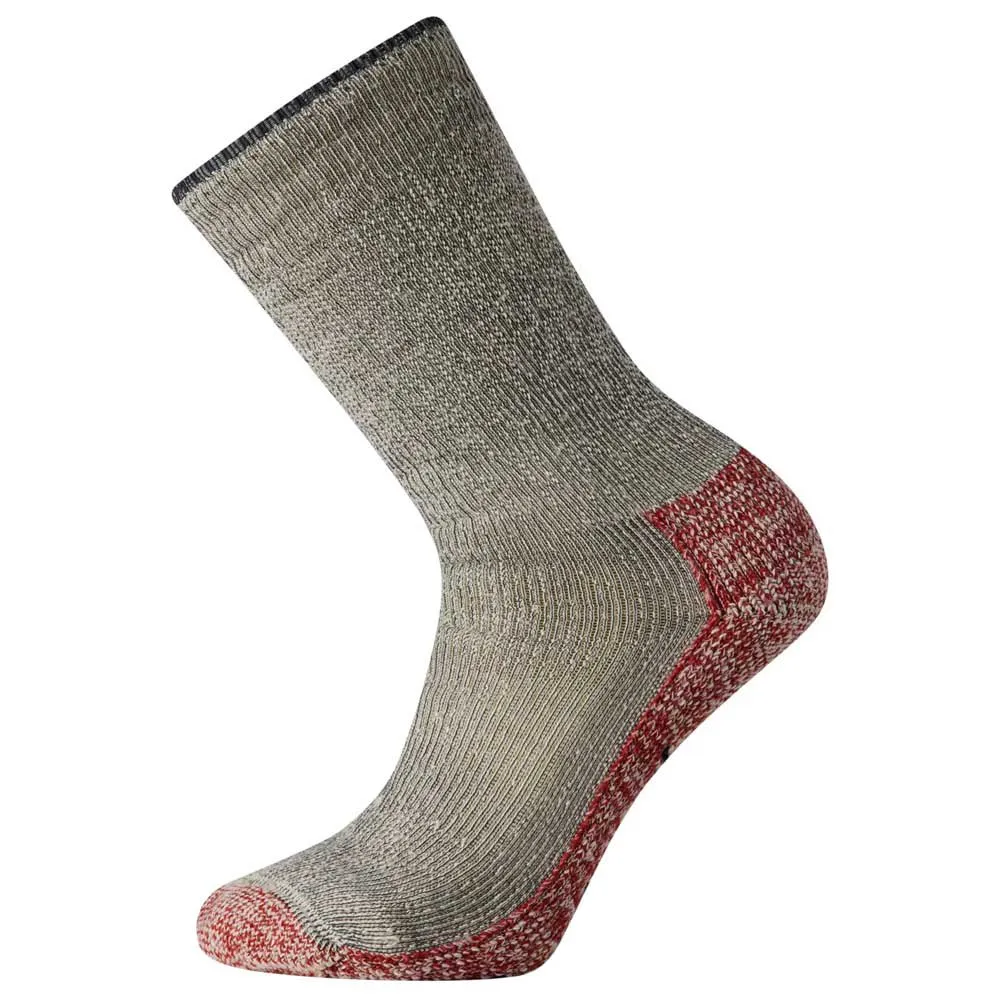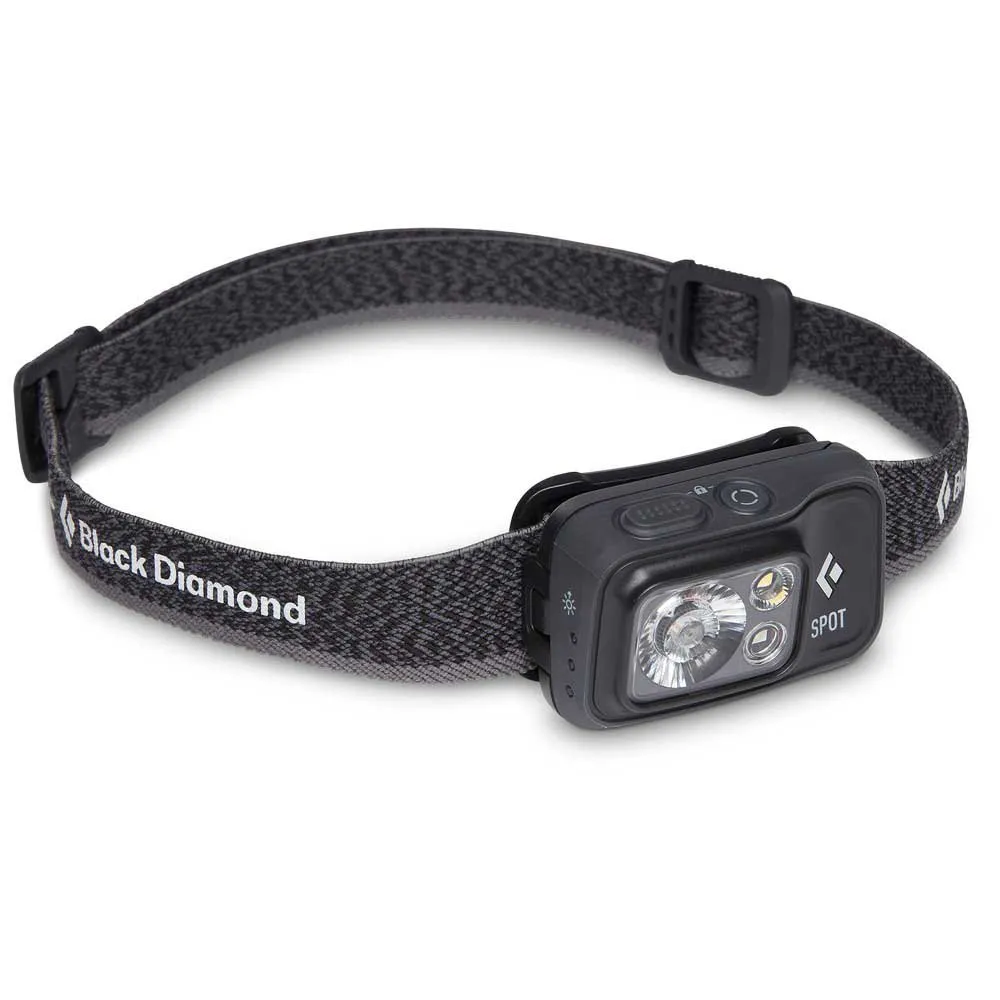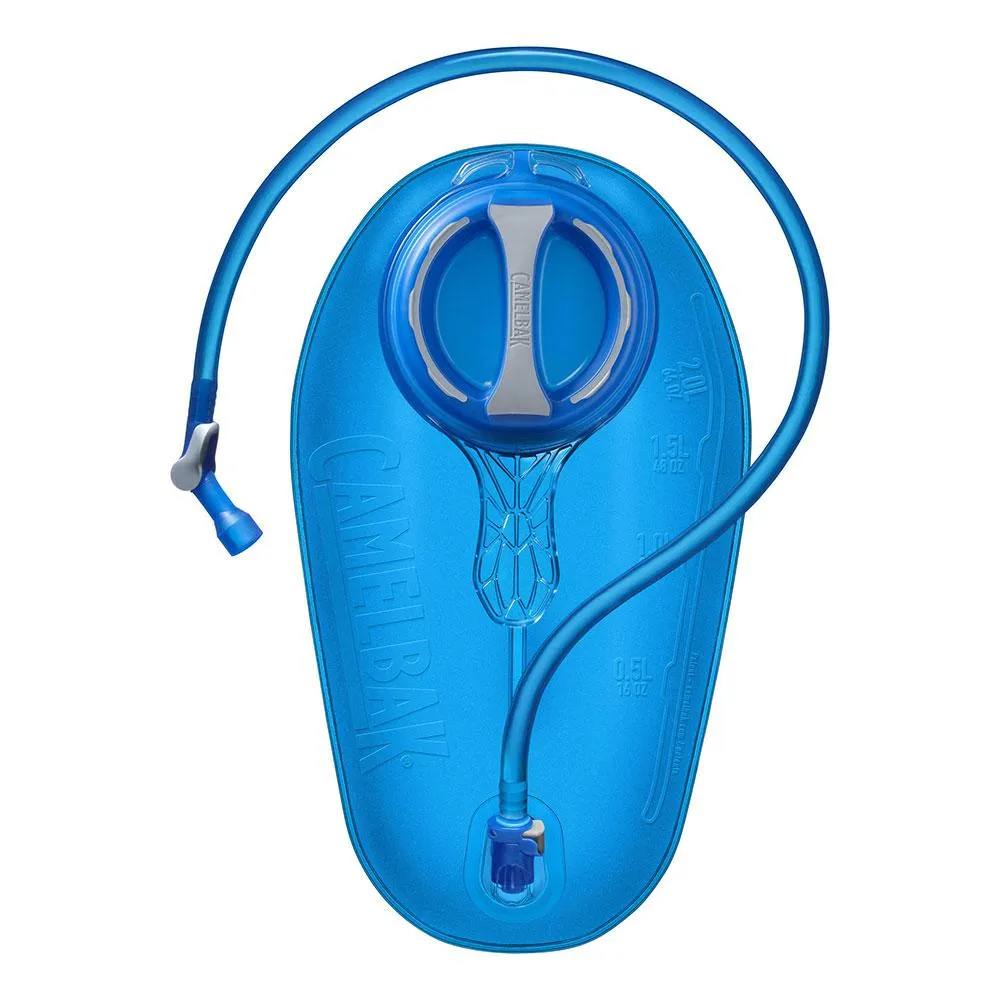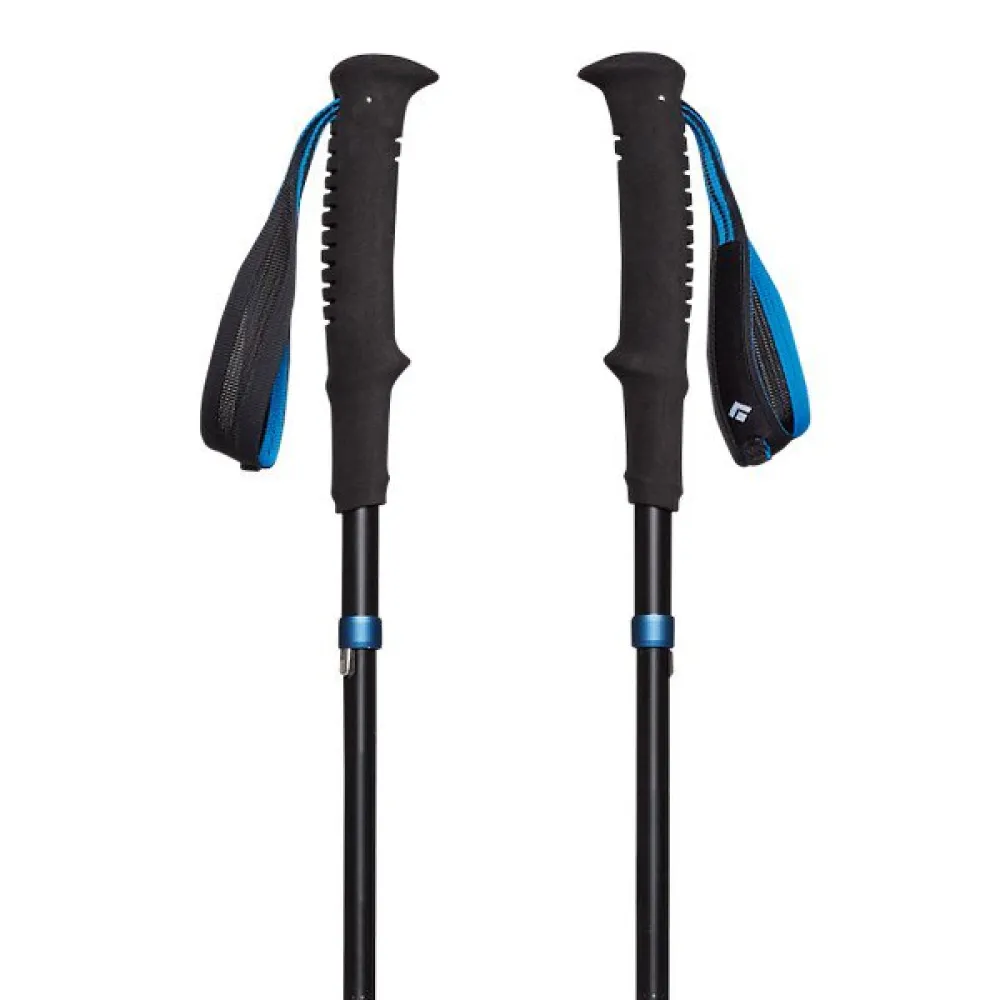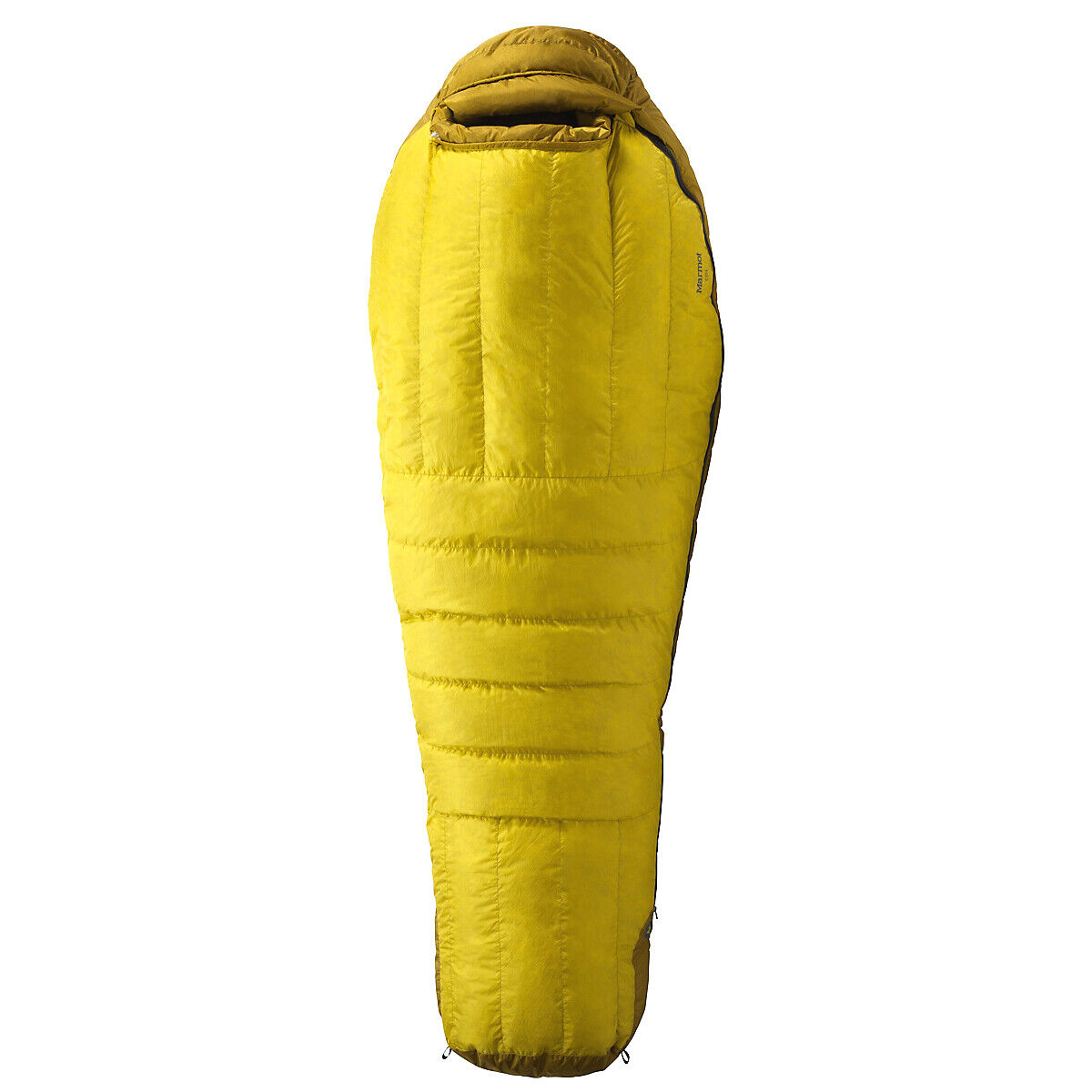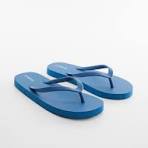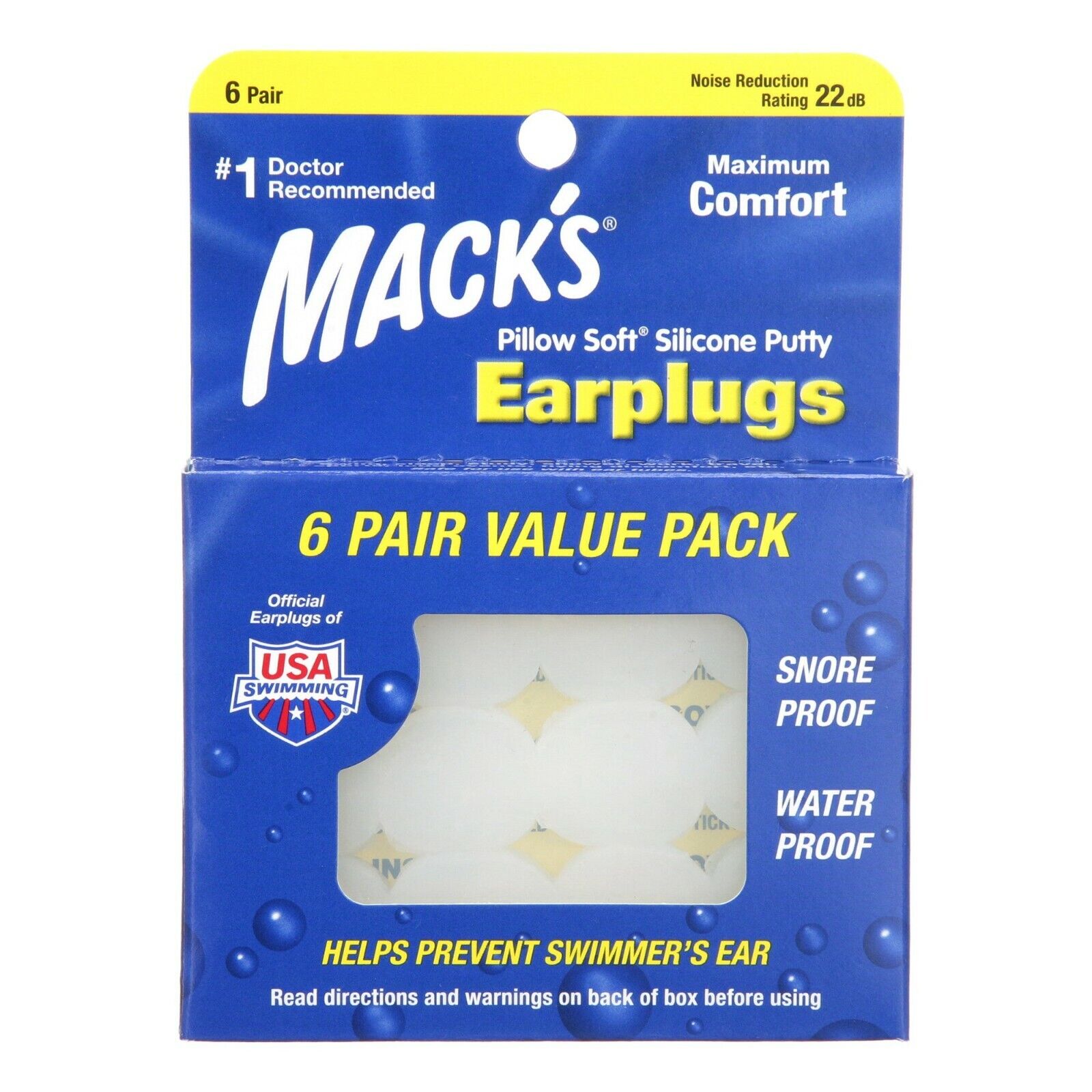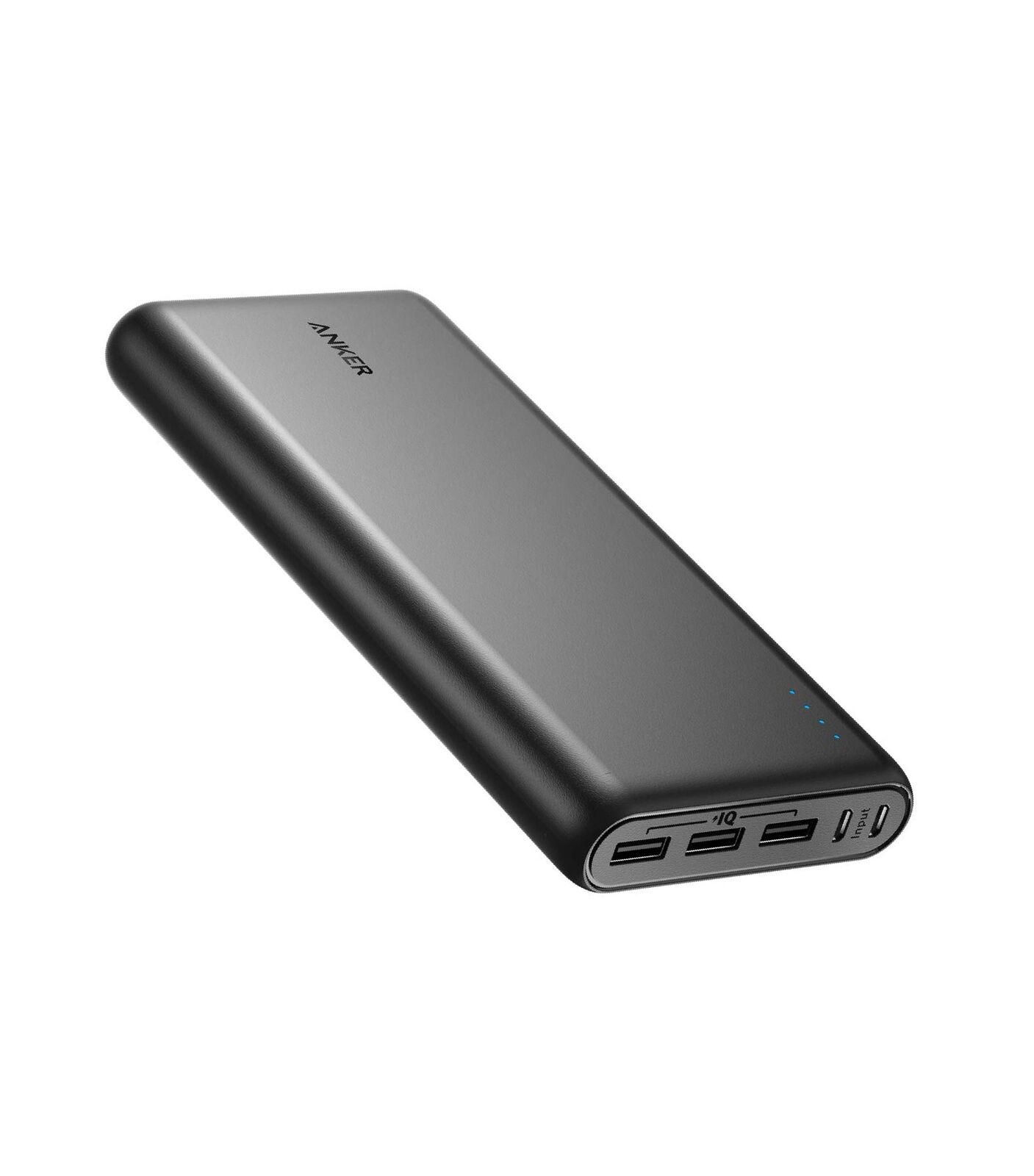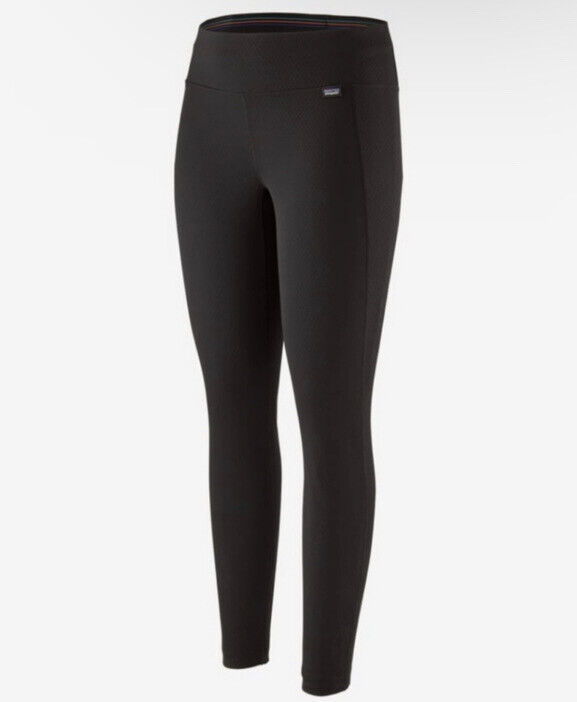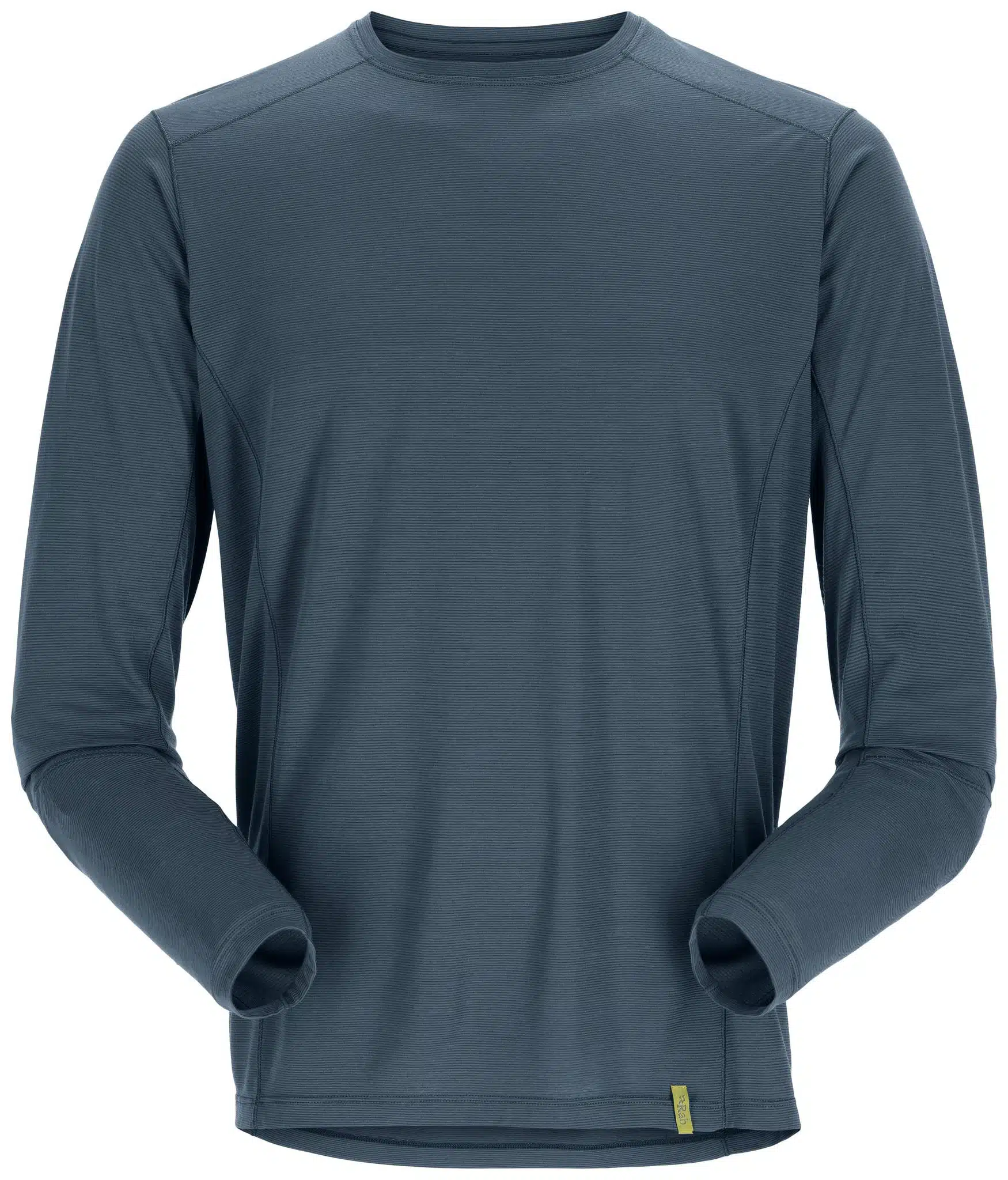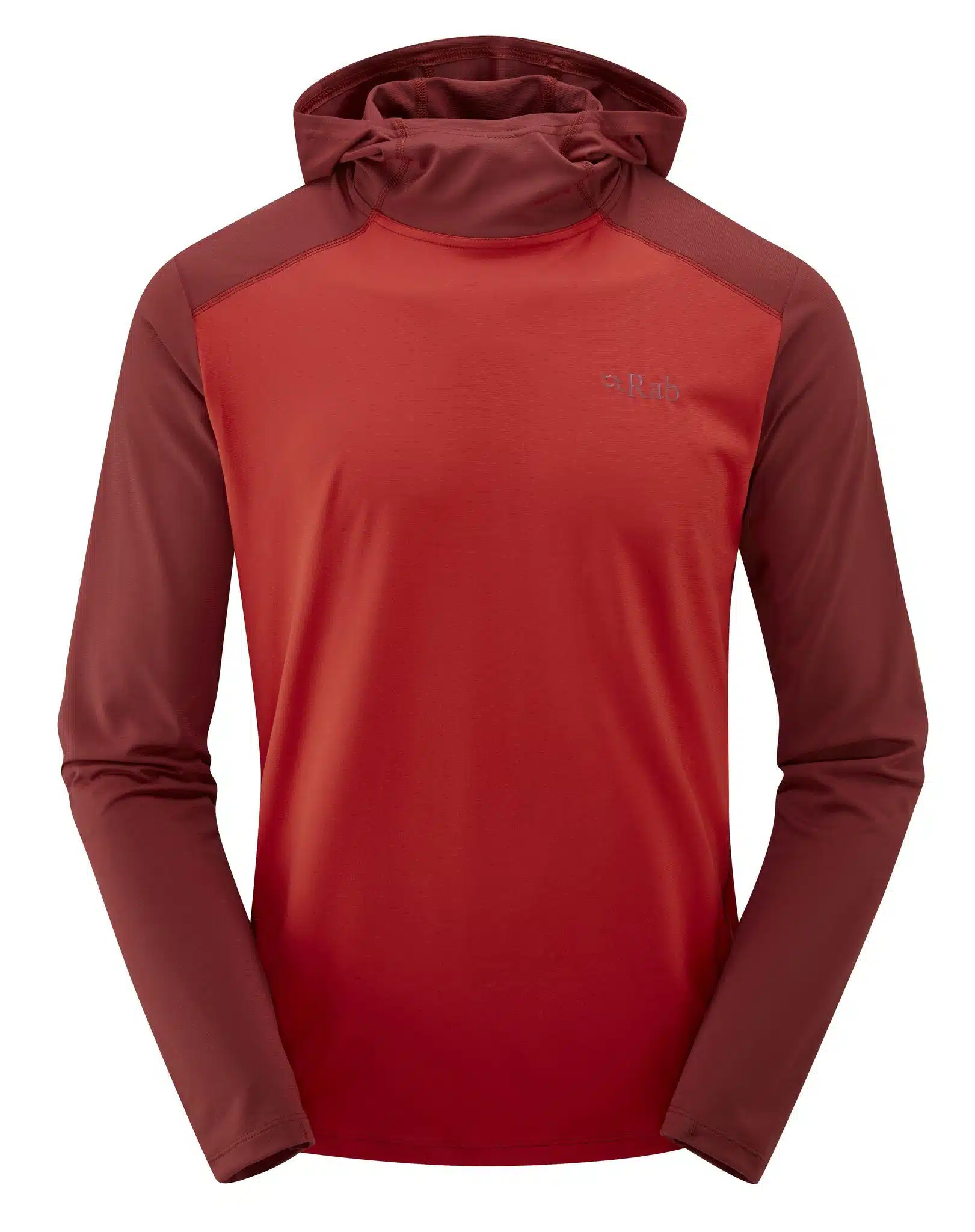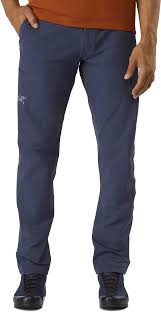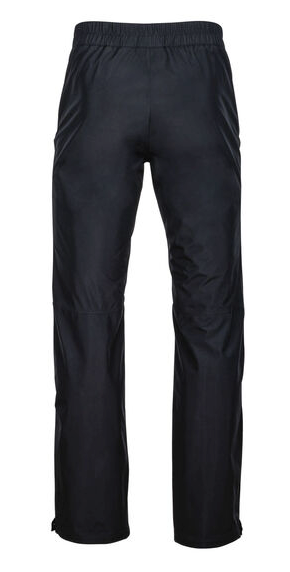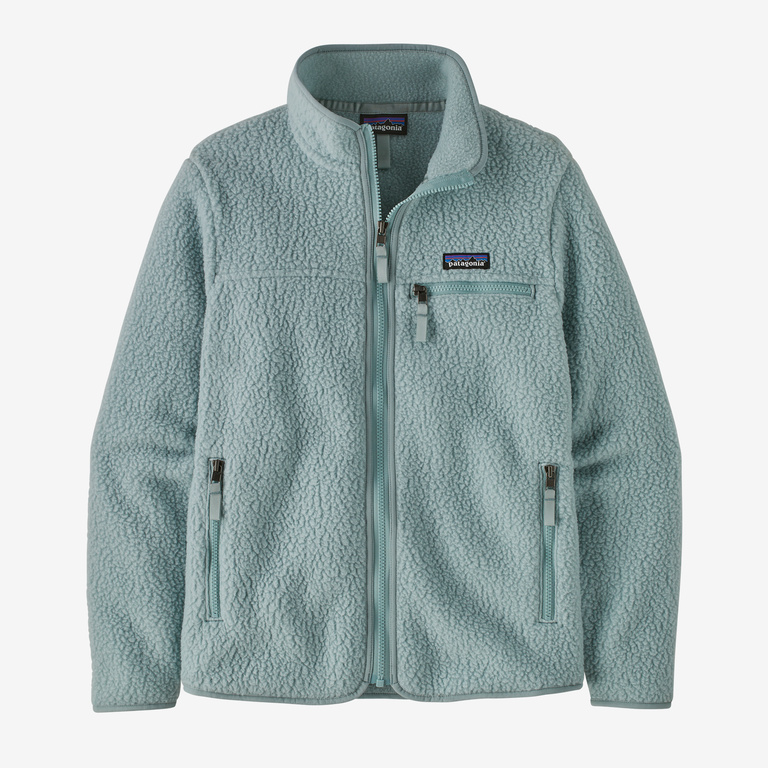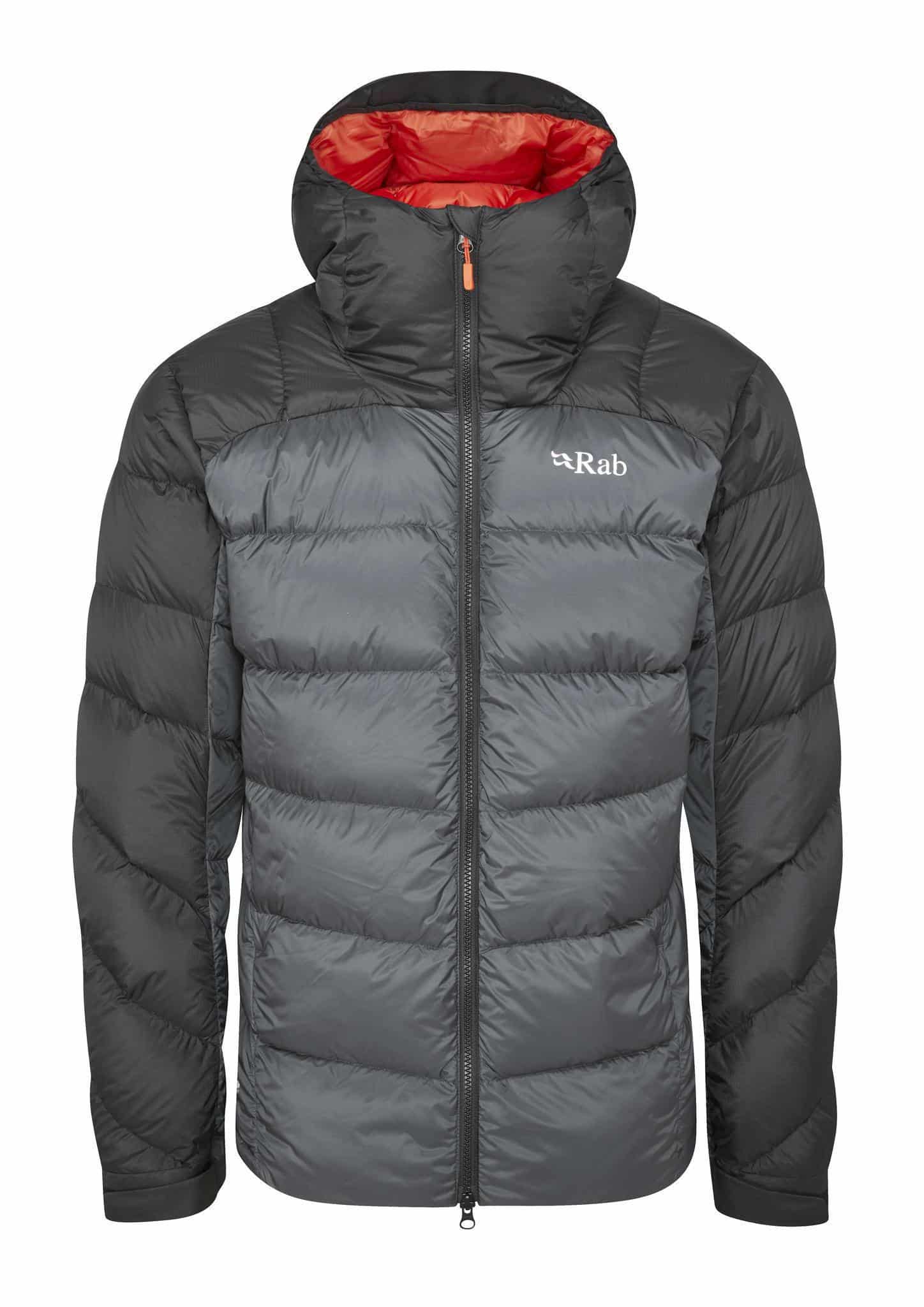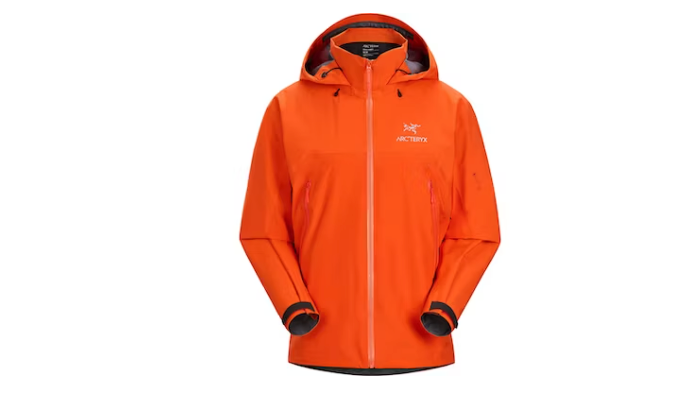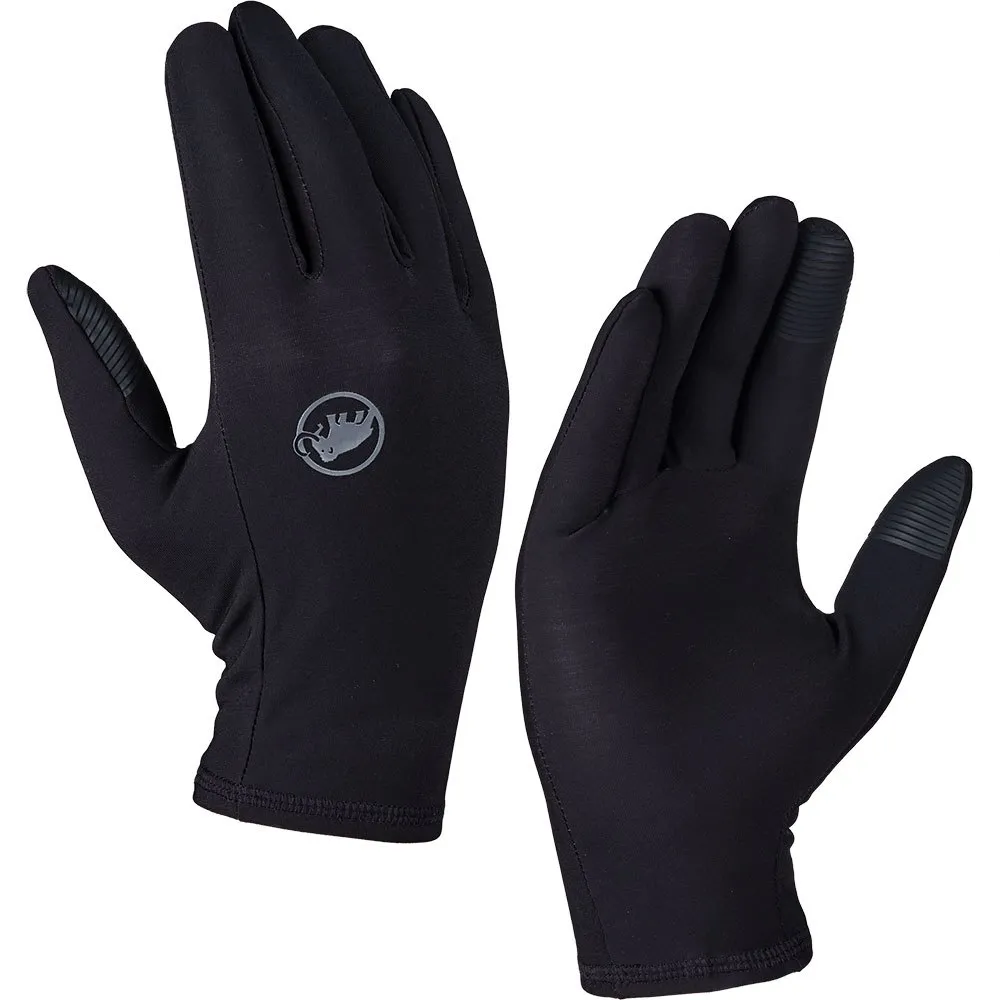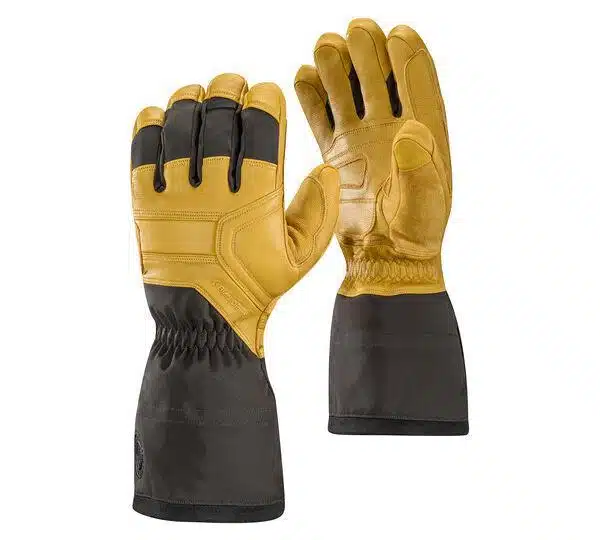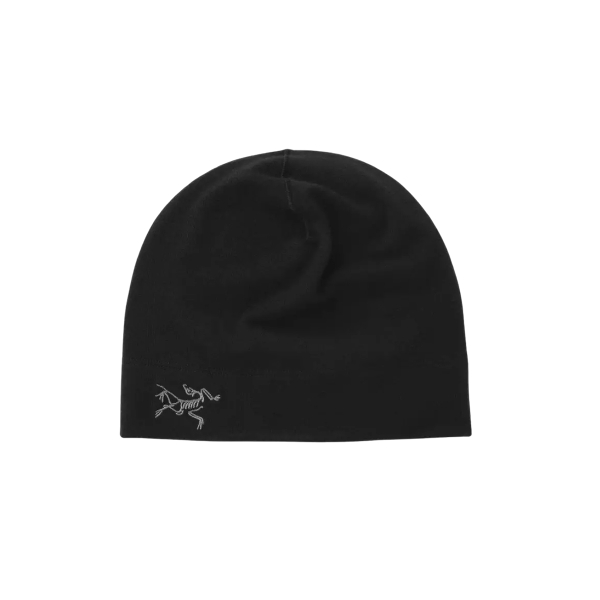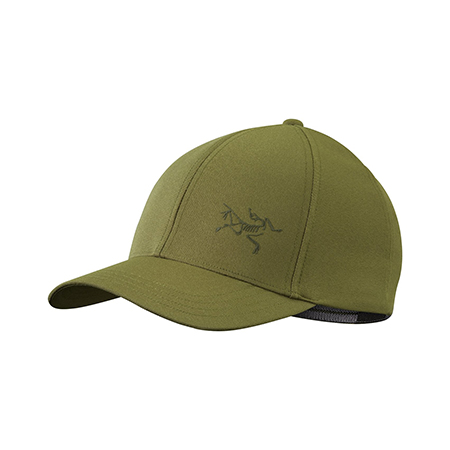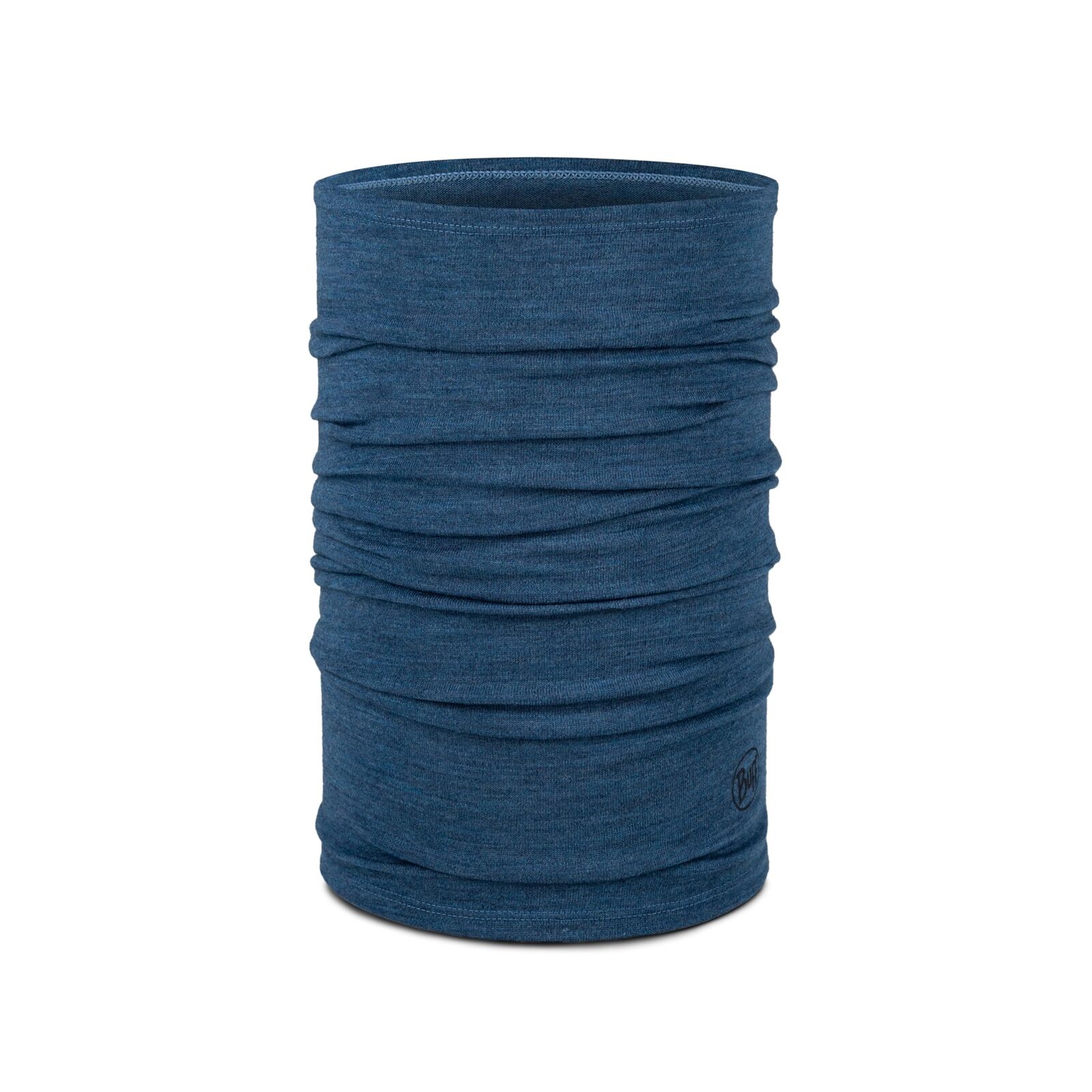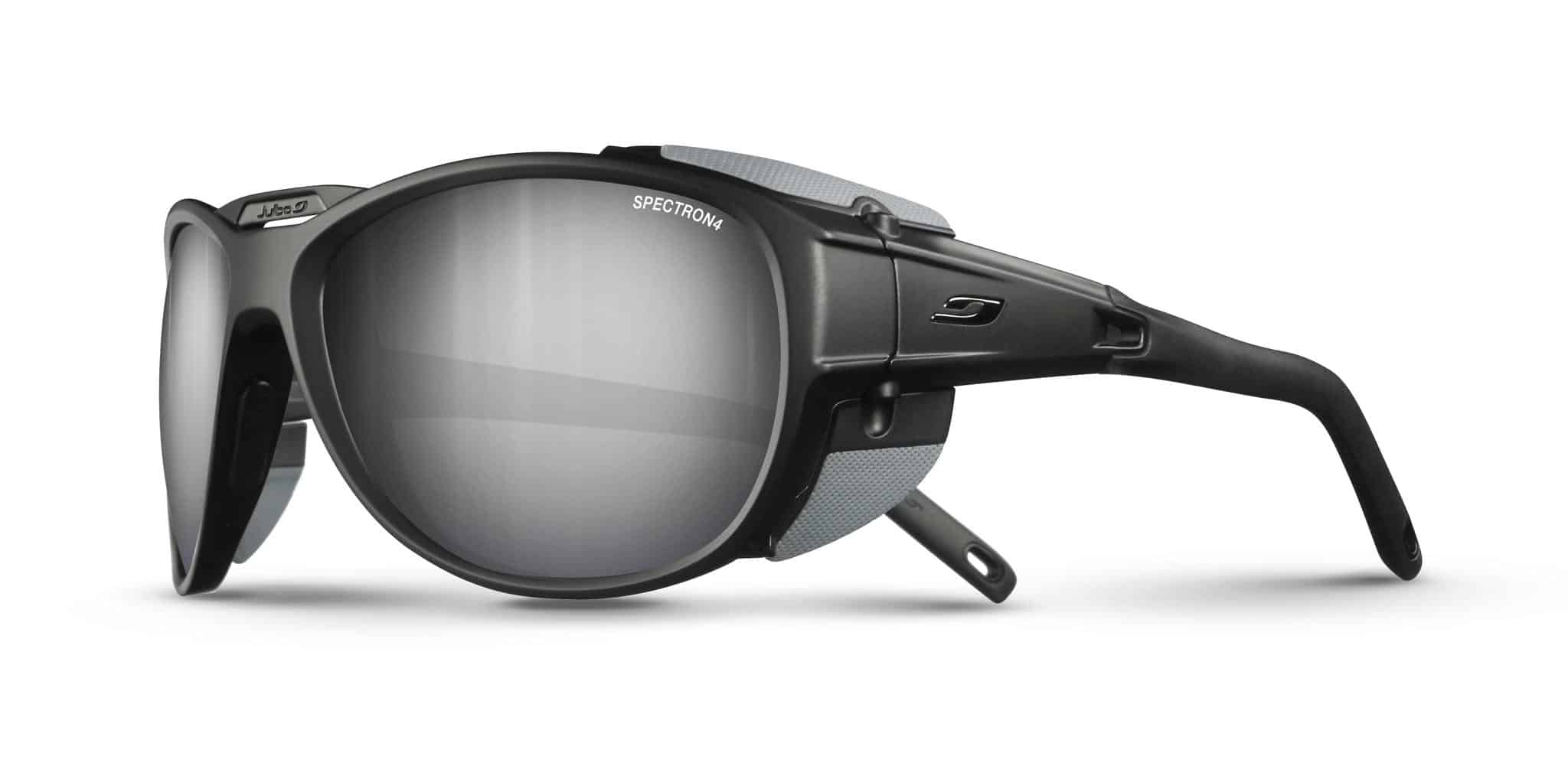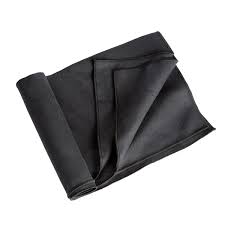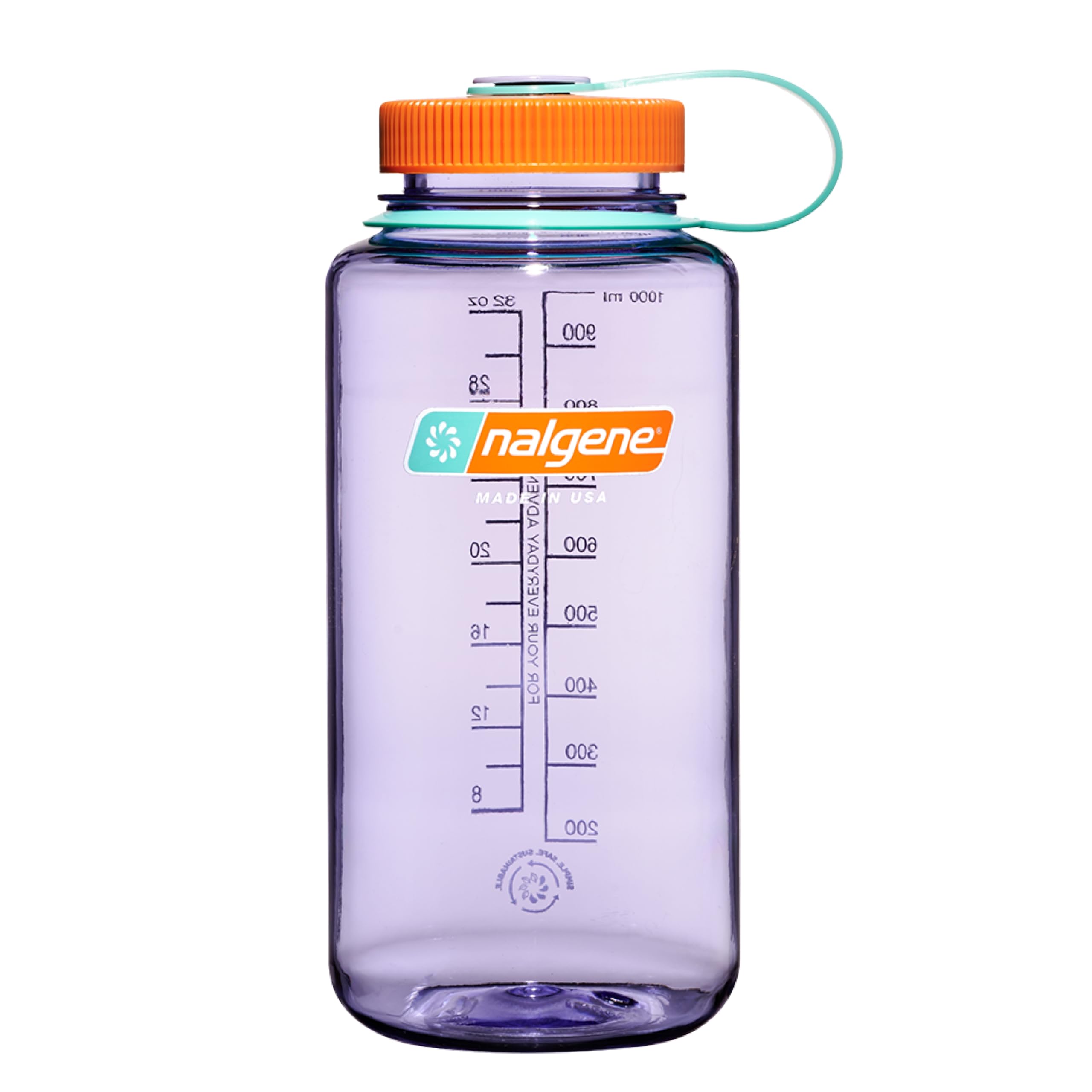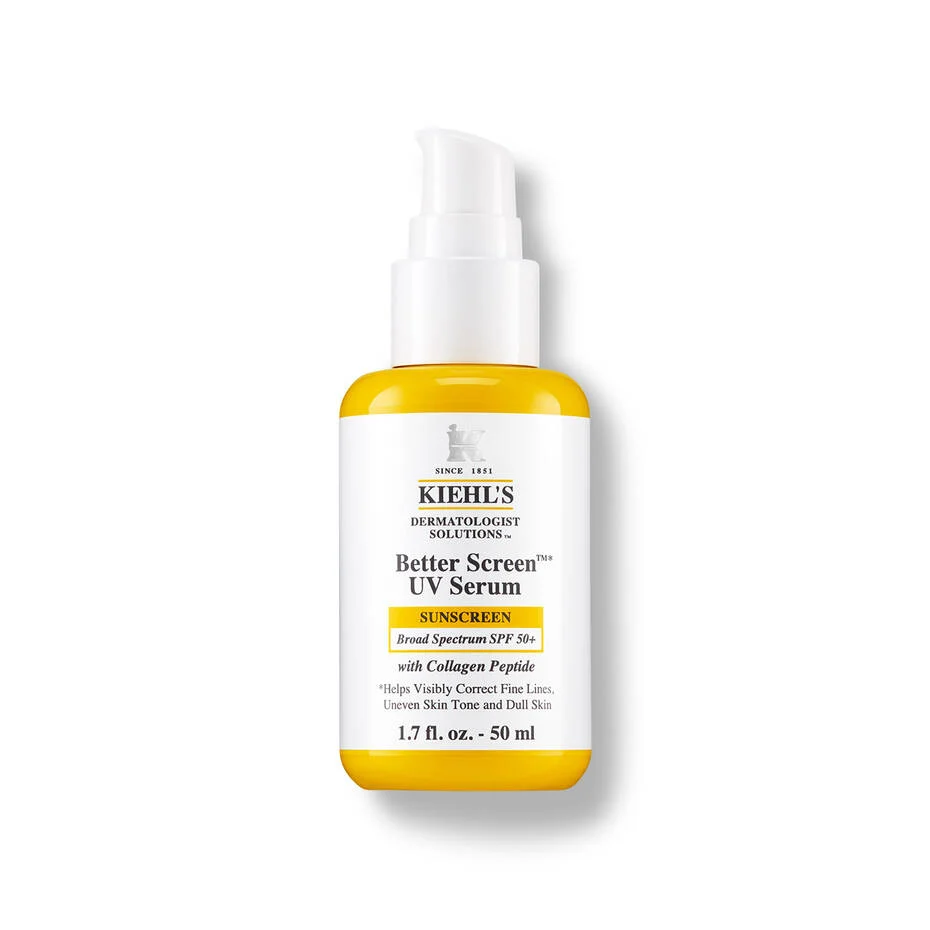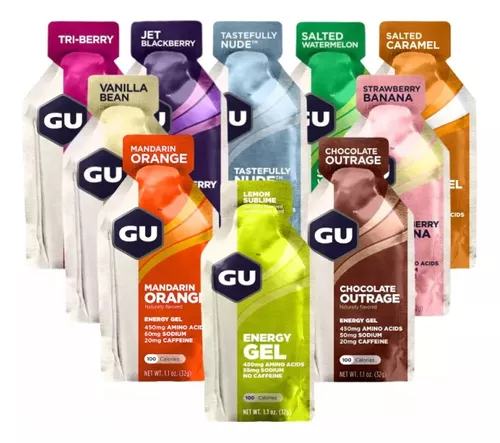Trekking to Everest Base Camp.
Dare to venture into the Himalayas and experience something completely different on this 15-day journey, exploring the incredible culture of Nepal and trekking through one of the most beautiful mountain ranges in the world.
We will reach the foot of the highest mountain on Earth, undertaking a personal challenge that should be on everyone’s bucket list. We will visit temples, immerse ourselves in Buddhist culture, and enjoy breathtaking views of the Himalayas, culminating at Everest Base Camp, located 5,364 meters above sea level.
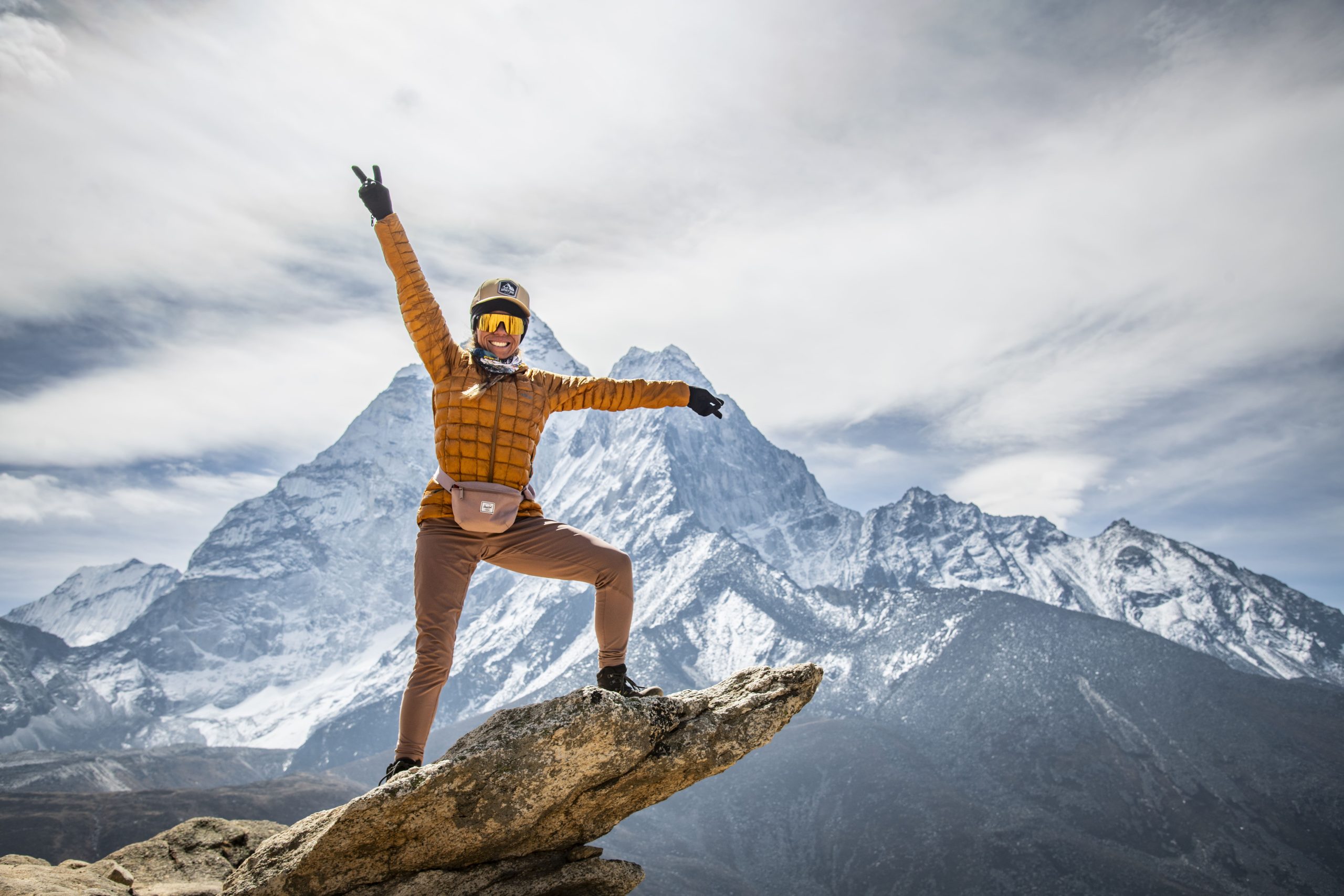
TYPE: Trekking
LOCATION: Nepal
DURATION: 15 Days
DATE: 24 de Octubre al 07 de Noviembre del 2025
HIKE: 3 hours in the morning and 3 hours in the afternoon
DIFFICULTY: Moderate
COST PER PERSON: 3950 USD
Included
- Airport-hotel-airport transfers
- 4 nights in Kathmandu hotel with breakfast included
- Internal flight to Lukla
- Trekking permits
- Accommodation in Tea Houses (mountain lodges during the trek)
- Breakfast, lunch, and dinner throughout the trek. À la carte. One item or dish from the menu included per meal.
- One porter for every two clients (15 kg per person)
- Trekking guides
- Spanish-speaking guide (minimum group of 9 people)
- Farewell dinner
- Helicopter flight from Periche to Lukla
Not Included
- International flight, taxes, and visas
- Accommodation in Kathmandu for extra nights not included in this itinerary
- Personal equipment
- Meals and dinners in KTM (during the trekking they are included)
- Alcoholic beverages.
- Extra expenses during the trekking (Wi-Fi, showers, battery charging, sodas, bottled water)
- Rescue/evacuation insurance (mandatory to purchase Global Rescue or similar)
- Extra rescue expenses or costs due to having to leave the expedition prematurely
- Tips for the staff (minimum suggested amount of $300 to distribute among porters and guides in Nepal)
- Expenses that may arise due to delays or events beyond our responsibility (flight delays, blocked roads, flights canceled due to weather conditions, natural disasters, etc.)
PAYMENT
The spot is reserved with a $900 deposit. Send an email to 14peakslatam@gmail.com and you will receive a confirmation of registration.
Payment is made via bank transfer (the exchange rate is calculated based on the selling dollar rate of Banamex on the day of the transaction). If you are outside of Mexico, we will provide you with the details for an international transfer.
*50% is due 4 months before the trip.
*The remaining 50% is paid in cash upon arrival in Nepal.
INSURANCE
It is important that you purchase an evacuation and rescue insurance policy.
We recommend GLOBAL RESCUE.
HELICOPTER FLIGHT
The helicopter flights on the scheduled days always depend on the weather conditions for flying. Unfortunately, we cannot determine this in advance, so we recommend having flexible international tickets in case of any inconvenience or delays. However, this itinerary includes a buffer day for bad weather.
You have 4 nights included in Kathmandu. If you wish to stay additional nights, we can assist you with reservations and special group rates.
Equipment list:
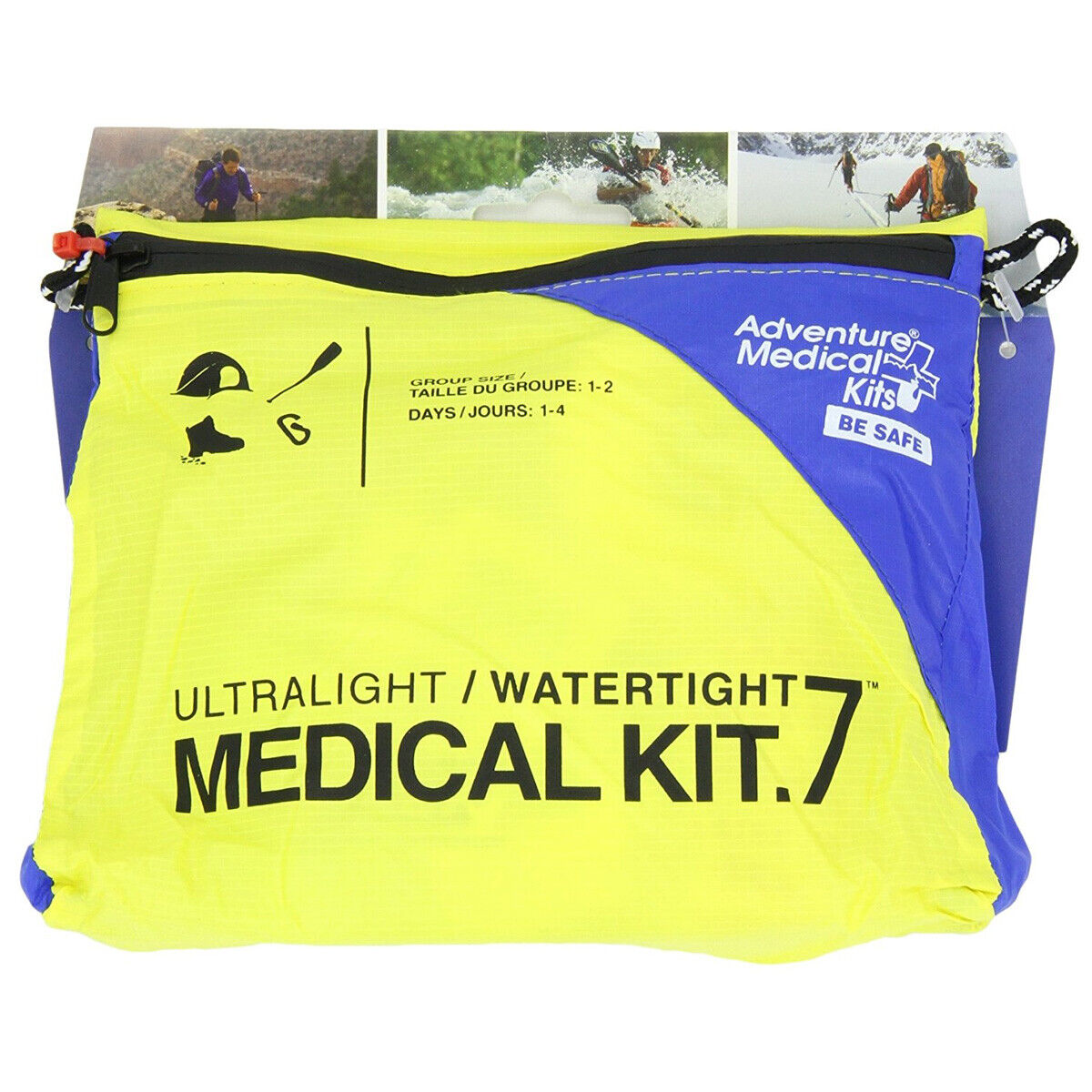
First aid kit with basic medications.
We recommend bringing antibiotics, medications for diarrhea, muscle relaxants, pain relievers like ibuprofen or paracetamol, and cough medicine. Important: bring injectable dexamethasone and a syringe for possible pulmonary edema (emergency cases), nifedipine, and acetazolamide to prevent altitude sickness. Blister patches (available on Amazon) and hand sanitizer gel.
Additional equipment required:
FAQ
Everest Base Camp is an expedition that doesn’t require mountain experience.
Anyone in good physical condition can do the hike since the terrain is not technical, and with proper acclimatization, it is not difficult. However, we recommend doing good cardiovascular training at least three months before to enjoy the trip more with less effort.
It is an expedition of moderate/challenging difficulty, and while the hikes are not difficult, the challenge of being at high altitude for 12 days and reaching 5,364 meters makes some days more demanding. However, we choose the best lodges along the way because we believe that good rest greatly increases your chances of success.
You will walk 7 to 12 kilometers per day on easy terrain (like stairs).
Stairs, treadmill but walking very slowly with maximum incline (at 2.5 kilometers per hour). Core and strength exercises. In the 3 months leading up to the trip, try to train 5 times a week. One day a week, aim to walk at least 3 hours or do a long 6-hour hike.
The more you train, the more you’ll enjoy it.
The best months are between March-May and October-November, as this is when you can find the best weather. The difference between both seasons is that in April, Everest Base Camp is set up because climbers who are attempting the summit are there, and during that season, we also spend one night at base camp.
Yes, it is obtained upon arrival in Nepal by paying 50 dollars at the airport.
People who decide to layover in the United States also need a visa for there.
From Latin America, we generally fly with Emirates or Qatar Airways, with layovers in Barcelona and Dubai. It’s worth checking prices, as flying via the United States might be cheaper.
In Kathmandu, we have 4 nights included in a 5-star hotel (Aloft or similar). During the trek, we sleep every night in mountain lodges, most of them with private bathrooms and showers, as well as electricity.
Above 5,000 meters, there are no bathrooms inside the rooms because the water freezes, but this only applies to two nights. 14 Peaks Latam chooses the most beautiful and best ones, but it’s important to know that as we ascend, the accommodations become more basic. The last two small towns resemble mountain refuges more than hotels like the ones we’re used to.
Generally, at a slow pace, we walk for about 3 hours in the morning, take a one-hour break for lunch, and finish the day with another 3 hours of walking in the afternoon.
We carefully select all our guide staff.
Expeditions with fewer than 10 people are guided by our local staff, while expeditions with more than 10 people also include a Spanish-speaking team leader, such as Vanessa Estol or someone similar, who travels from our countries.
Yes, in most of the small towns, you have the option to buy internet cards and stay connected with your family and friends. On days with bad weather, the signal may be lost, but most of the time, we can stay connected. The cost of internet cards during the trek ranges from 5 to 10 dollars, depending on the town, with higher altitudes resulting in higher costs.
Starting the trek, you have 3 hearty meals included per day.
You can choose an item from an extensive menu for each meal. This is more than enough because the portions are large, but if you want to order more, it’s possible, though at an extra cost.
Lunch is usually at a tea house along the way. The food on this trek includes organic ingredients from the local villages, rich in carbohydrates to give you energy for the hikes.
One of our porters will be in charge of boiling water to provide us with 2 liters of boiled water in the morning and 2 at night. Additionally, we have unlimited tea and the option to buy soft drinks and bottled water.
The temperature gets colder as we approach base camp.
At night and in the early morning, it is the coldest, and it can drop to -17°C at Base Camp. During the day, when it’s sunny, it can rise to 20°C, so it’s very important to bring several layers of clothing to be prepared for all types of weather.
Walking slowly, staying well hydrated (at least 3 liters of water per day), eating properly, and getting good rest are key to acclimatizing well. It’s very important to follow the guides’ recommendations and not try to rush or speed up your pace.
There are no refunds for cancellations, nor for being unable to reach the objectives due to bad weather or reasons beyond our control. If you need to cancel with us, you can transfer the expedition to someone with the necessary physical level to complete it.
In this expedition, the round-trip flight to Lukla is included.
We usually depart from Kathmandu, but sometimes the local airport closes, and we need to take a 6-hour bus ride to another airport called Ramechap. To avoid this journey, some people choose to add a helicopter flight from Kathmandu to Lukla for an extra cost, but this requires 5 people to fill the helicopter.
It’s important to know that this is an adventure trip to a remote location, and neither helicopters nor planes guarantee departure on time. When the weather is bad, flights are often canceled, and patience is required. For our safety, it’s always better not to push or insist, as pilots prefer not to fly when the weather is not safe.
Our itinerary includes buffer days in case this happens, but we always recommend booking international flights that can be changed for any unforeseen events or delays.
Yes, it is mandatory to have rescue and evacuation insurance. We recommend Global Rescue. Make sure to add the high-altitude coverage.
Yes. The hotels we work with have storage facilities, and you can leave anything you won’t use during the trek there.
You have a porter included who will carry 15 kg of weight. It’s important not to bring more than that, as it is the allowed weight for the internal flight. The total allowed weight is 15 kg (this includes your clothes, electronics, wet wipes, medications, etc.).
During the hike, clients carry a small backpack with only their water, jacket, rain gear, and personal items needed for the trek.
You will share a room with one person. If you prefer a single room, it is possible for an additional cost of 900 dollars. It’s important to inform us in advance because we make reservations many months ahead, and we cannot guarantee availability if this is requested at the last minute.
Throughout most of the trek, there are showers, except for the last 2 lodges.
In all the towns where it’s possible, we have private bathrooms and showers. In Lobuche, the bathroom is outside the room, but there is the possibility of taking a shower, and the cost is between 6-8 dollars.
We recommend buying everything there. The best mountain brands have stores in Kathmandu, and the prices are more affordable than in our countries. We have a day set aside for this, and we will accompany you to assist you.
We suggest the following:
- 50 dollars for the visa
- 350 dollars for tips (local guides, porters, etc. This money is shared among them)
- 200-300 dollars for extras during the trek (coffee, alcoholic drinks, soft drinks, internet, desserts)
- Money for souvenirs and gifts
- Money for an extra night at the hotel if you return earlier (you have 4 nights of hotel included in Kathmandu; if the buffer day due to bad weather is not used and we return earlier, that night in the city is not included).
It’s important to ask for 100-dollar bills when exchanging money. Make sure they are not torn, marked, or stamped. They check if the bills look new, and if not, they often won’t accept them.
We recommend bringing antibiotics for possible stomach or throat infections, cold medicine, something for diarrhea, ibuprofen, something for blisters, and the usual medications for altitude sickness such as acetazolamide, injectable dexamethasone with a syringe, an oximeter, and nifedipine.
No, the itinerary is tentative because you’re embarking on an adventure trip to a remote location in the mountains, where exactness cannot be guaranteed. Since 2016, we have been doing this trek twice a year, and so far, with this itinerary, no one has missed their international return flight. However, on some occasions, we’ve had to wait 2 or 3 days for flights to Lukla or Kathmandu.
For the October trip, no, unless you’re particularly sensitive to the cold, as the mountain lodges provide bedding.
For the April trip, a -20 sleeping bag is necessary because we spend the night at base camp, and it gets very cold.
Yes. We provide boiled water and try to promote its use to help protect the region, but you can buy bottled water if needed.
Included
- Airport-hotel-airport transfers
- 4 nights in Kathmandu hotel with breakfast included
- Internal flight to Lukla
- Trekking permits
- Accommodation in Tea Houses (mountain lodges during the trek)
- Breakfast, lunch, and dinner throughout the trek. À la carte. One item or dish from the menu included per meal.
- One porter for every two clients (15 kg per person)
- Trekking guides
- Spanish-speaking guide (minimum group of 9 people)
- Farewell dinner
- Helicopter flight from Periche to Lukla
Not Included
- International flight, taxes, and visas
- Accommodation in Kathmandu for extra nights not included in this itinerary
- Personal equipment
- Meals and dinners in KTM (during the trekking they are included)
- Alcoholic beverages.
- Extra expenses during the trekking (Wi-Fi, showers, battery charging, sodas, bottled water)
- Rescue/evacuation insurance (mandatory to purchase Global Rescue or similar)
- Extra rescue expenses or costs due to having to leave the expedition prematurely
- Tips for the staff (minimum suggested amount of $300 to distribute among porters and guides in Nepal)
- Expenses that may arise due to delays or events beyond our responsibility (flight delays, blocked roads, flights canceled due to weather conditions, natural disasters, etc.)
PAYMENT
The spot is reserved with a $900 deposit. Send an email to 14peakslatam@gmail.com and you will receive a confirmation of registration.
Payment is made via bank transfer (the exchange rate is calculated based on the selling dollar rate of Banamex on the day of the transaction). If you are outside of Mexico, we will provide you with the details for an international transfer.
*50% is due 4 months before the trip.
*The remaining 50% is paid in cash upon arrival in Nepal.
INSURANCE
It is important that you purchase an evacuation and rescue insurance policy.
We recommend GLOBAL RESCUE.
HELICOPTER FLIGHT
The helicopter flights on the scheduled days always depend on the weather conditions for flying. Unfortunately, we cannot determine this in advance, so we recommend having flexible international tickets in case of any inconvenience or delays. However, this itinerary includes a buffer day for bad weather.
You have 4 nights included in Kathmandu. If you wish to stay additional nights, we can assist you with reservations and special group rates.
Equipment list:

First aid kit with basic medications.
We recommend bringing antibiotics, medications for diarrhea, muscle relaxants, pain relievers like ibuprofen or paracetamol, and cough medicine. Important: bring injectable dexamethasone and a syringe for possible pulmonary edema (emergency cases), nifedipine, and acetazolamide to prevent altitude sickness. Blister patches (available on Amazon) and hand sanitizer gel.
Additional equipment required:
FAQ
Everest Base Camp is an expedition that doesn’t require mountain experience.
Anyone in good physical condition can do the hike since the terrain is not technical, and with proper acclimatization, it is not difficult. However, we recommend doing good cardiovascular training at least three months before to enjoy the trip more with less effort.
It is an expedition of moderate/challenging difficulty, and while the hikes are not difficult, the challenge of being at high altitude for 12 days and reaching 5,364 meters makes some days more demanding. However, we choose the best lodges along the way because we believe that good rest greatly increases your chances of success.
You will walk 7 to 12 kilometers per day on easy terrain (like stairs).
Stairs, treadmill but walking very slowly with maximum incline (at 2.5 kilometers per hour). Core and strength exercises. In the 3 months leading up to the trip, try to train 5 times a week. One day a week, aim to walk at least 3 hours or do a long 6-hour hike.
The more you train, the more you’ll enjoy it.
The best months are between March-May and October-November, as this is when you can find the best weather. The difference between both seasons is that in April, Everest Base Camp is set up because climbers who are attempting the summit are there, and during that season, we also spend one night at base camp.
Yes, it is obtained upon arrival in Nepal by paying 50 dollars at the airport.
People who decide to layover in the United States also need a visa for there.
From Latin America, we generally fly with Emirates or Qatar Airways, with layovers in Barcelona and Dubai. It’s worth checking prices, as flying via the United States might be cheaper.
In Kathmandu, we have 4 nights included in a 5-star hotel (Aloft or similar). During the trek, we sleep every night in mountain lodges, most of them with private bathrooms and showers, as well as electricity.
Above 5,000 meters, there are no bathrooms inside the rooms because the water freezes, but this only applies to two nights. 14 Peaks Latam chooses the most beautiful and best ones, but it’s important to know that as we ascend, the accommodations become more basic. The last two small towns resemble mountain refuges more than hotels like the ones we’re used to.
Generally, at a slow pace, we walk for about 3 hours in the morning, take a one-hour break for lunch, and finish the day with another 3 hours of walking in the afternoon.
We carefully select all our guide staff.
Expeditions with fewer than 10 people are guided by our local staff, while expeditions with more than 10 people also include a Spanish-speaking team leader, such as Vanessa Estol or someone similar, who travels from our countries.
Yes, in most of the small towns, you have the option to buy internet cards and stay connected with your family and friends. On days with bad weather, the signal may be lost, but most of the time, we can stay connected. The cost of internet cards during the trek ranges from 5 to 10 dollars, depending on the town, with higher altitudes resulting in higher costs.
Starting the trek, you have 3 hearty meals included per day.
You can choose an item from an extensive menu for each meal. This is more than enough because the portions are large, but if you want to order more, it’s possible, though at an extra cost.
Lunch is usually at a tea house along the way. The food on this trek includes organic ingredients from the local villages, rich in carbohydrates to give you energy for the hikes.
One of our porters will be in charge of boiling water to provide us with 2 liters of boiled water in the morning and 2 at night. Additionally, we have unlimited tea and the option to buy soft drinks and bottled water.
The temperature gets colder as we approach base camp.
At night and in the early morning, it is the coldest, and it can drop to -17°C at Base Camp. During the day, when it’s sunny, it can rise to 20°C, so it’s very important to bring several layers of clothing to be prepared for all types of weather.
Walking slowly, staying well hydrated (at least 3 liters of water per day), eating properly, and getting good rest are key to acclimatizing well. It’s very important to follow the guides’ recommendations and not try to rush or speed up your pace.
There are no refunds for cancellations, nor for being unable to reach the objectives due to bad weather or reasons beyond our control. If you need to cancel with us, you can transfer the expedition to someone with the necessary physical level to complete it.
In this expedition, the round-trip flight to Lukla is included.
We usually depart from Kathmandu, but sometimes the local airport closes, and we need to take a 6-hour bus ride to another airport called Ramechap. To avoid this journey, some people choose to add a helicopter flight from Kathmandu to Lukla for an extra cost, but this requires 5 people to fill the helicopter.
It’s important to know that this is an adventure trip to a remote location, and neither helicopters nor planes guarantee departure on time. When the weather is bad, flights are often canceled, and patience is required. For our safety, it’s always better not to push or insist, as pilots prefer not to fly when the weather is not safe.
Our itinerary includes buffer days in case this happens, but we always recommend booking international flights that can be changed for any unforeseen events or delays.
Yes, it is mandatory to have rescue and evacuation insurance. We recommend Global Rescue. Make sure to add the high-altitude coverage.
Yes. The hotels we work with have storage facilities, and you can leave anything you won’t use during the trek there.
You have a porter included who will carry 15 kg of weight. It’s important not to bring more than that, as it is the allowed weight for the internal flight. The total allowed weight is 15 kg (this includes your clothes, electronics, wet wipes, medications, etc.).
During the hike, clients carry a small backpack with only their water, jacket, rain gear, and personal items needed for the trek.
You will share a room with one person. If you prefer a single room, it is possible for an additional cost of 900 dollars. It’s important to inform us in advance because we make reservations many months ahead, and we cannot guarantee availability if this is requested at the last minute.
Throughout most of the trek, there are showers, except for the last 2 lodges.
In all the towns where it’s possible, we have private bathrooms and showers. In Lobuche, the bathroom is outside the room, but there is the possibility of taking a shower, and the cost is between 6-8 dollars.
We recommend buying everything there. The best mountain brands have stores in Kathmandu, and the prices are more affordable than in our countries. We have a day set aside for this, and we will accompany you to assist you.
We suggest the following:
- 50 dollars for the visa
- 350 dollars for tips (local guides, porters, etc. This money is shared among them)
- 200-300 dollars for extras during the trek (coffee, alcoholic drinks, soft drinks, internet, desserts)
- Money for souvenirs and gifts
- Money for an extra night at the hotel if you return earlier (you have 4 nights of hotel included in Kathmandu; if the buffer day due to bad weather is not used and we return earlier, that night in the city is not included).
It’s important to ask for 100-dollar bills when exchanging money. Make sure they are not torn, marked, or stamped. They check if the bills look new, and if not, they often won’t accept them.
We recommend bringing antibiotics for possible stomach or throat infections, cold medicine, something for diarrhea, ibuprofen, something for blisters, and the usual medications for altitude sickness such as acetazolamide, injectable dexamethasone with a syringe, an oximeter, and nifedipine.
No, the itinerary is tentative because you’re embarking on an adventure trip to a remote location in the mountains, where exactness cannot be guaranteed. Since 2016, we have been doing this trek twice a year, and so far, with this itinerary, no one has missed their international return flight. However, on some occasions, we’ve had to wait 2 or 3 days for flights to Lukla or Kathmandu.
For the October trip, no, unless you’re particularly sensitive to the cold, as the mountain lodges provide bedding.
For the April trip, a -20 sleeping bag is necessary because we spend the night at base camp, and it gets very cold.
Yes. We provide boiled water and try to promote its use to help protect the region, but you can buy bottled water if needed.
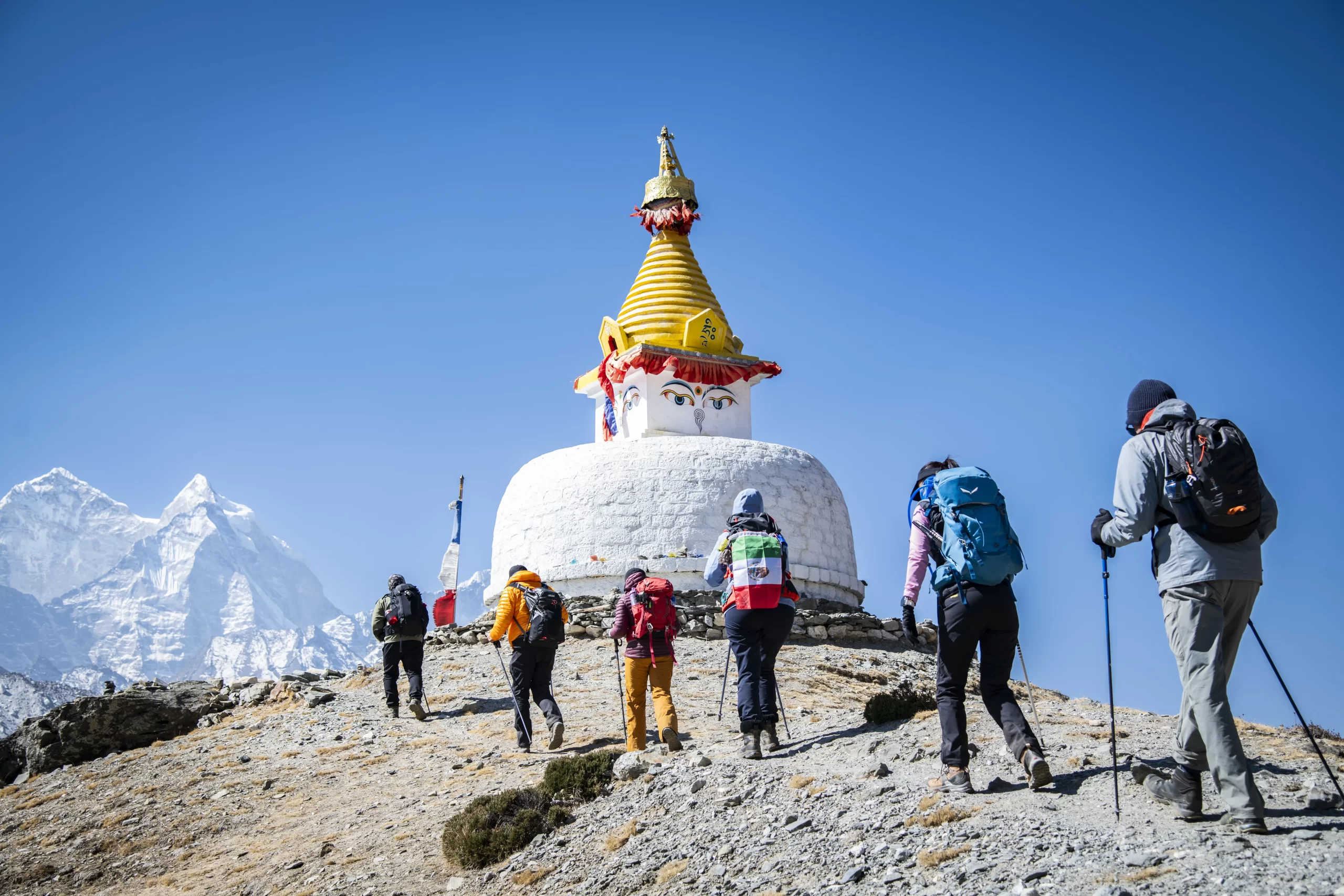
Itinerary
DAY 1 - April 5
Arrival at KTM and transfer to the hotel
DAY 2 - April 6
Equipment preparation day in KTM
DAY 3 - April 7
Flight KTM-Lukla and trekking to Phakding
DAY 4 - April 8
Trekking to Namche
DAY 5 - April 9
Acclimatization day in Namche
DAY 6 - April 10
Trekking to Tengboche
Day 7 - April 11
Trekking to Dingboche
Day 8 - April 12
Acclimatization day in Dingboche
Day 9 - April 13
Trekking to Lobuche
Day 10 - April 14
Trekking to Gorakshep
Day 11 - April 15
Ascent to Kala Patthar and in the afternoon trekking to Everest Base Camp, overnight at base camp
Day 12 - April 16
Trek to Periche. If the weather permits in the afternoon, return to Lukla by helicopter.
Day 13 - April 17
Buffer day for bad weather
Day 13 - April 18
Flight Lukla- Katmandú
Day 14 - April 19
Return flight to country of origin
LOBUCHE
DAY 1 - April 20
Option to descend to Lukla by helicopter (extra cost) or trek to Namche.
DAY 2 - April 21
Trekking from Namche to Lukla.
DAY 3 - April 22
Flight from Lukla to Kathmandu.
DAY 4 - April 23
Free day in Kathmandu.
DAY 5 - April 24
Return flight to the country of origin.
Contact Us
We look forward to sharing a unique experience with you!
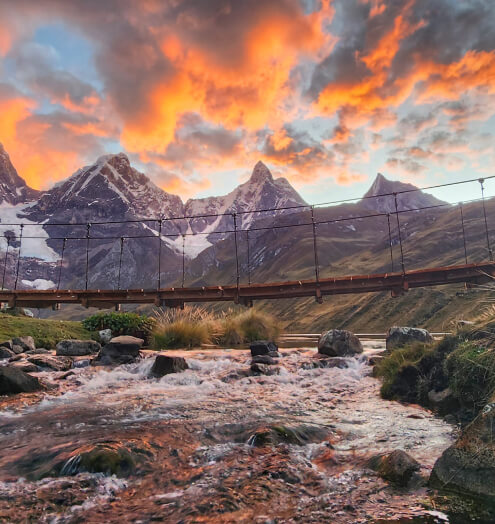
LOCATION: Mexico City
PHONE: +52 55 2755 9402
MAIL: 14peakslatam@gmail.com
Contáctanos
¡Te esperamos para vivir juntos una experiencia única!
LOCATION: Mexico City
PHONE: +52 5527559402
MAIL: 14peakslatam@gmail.com

